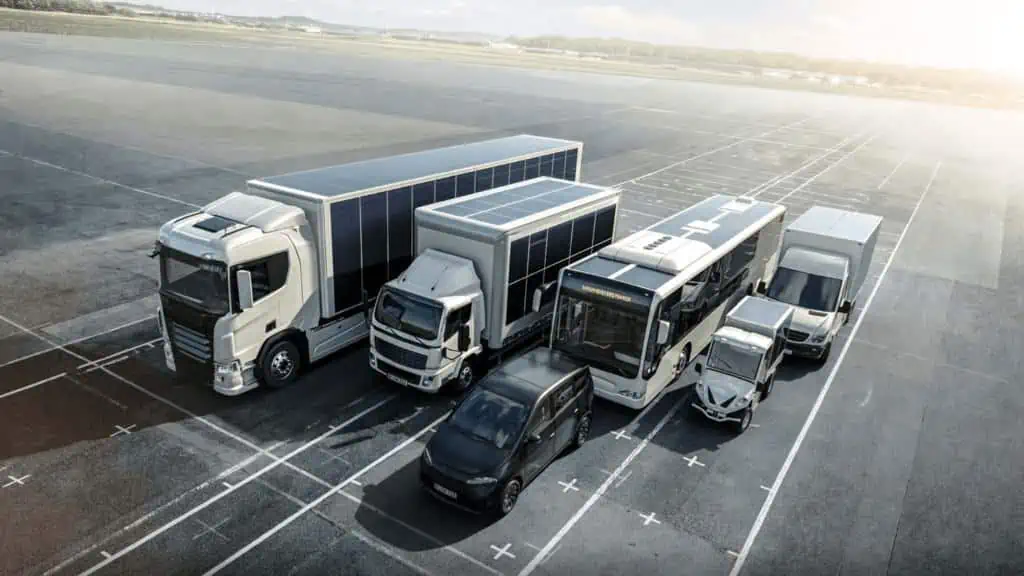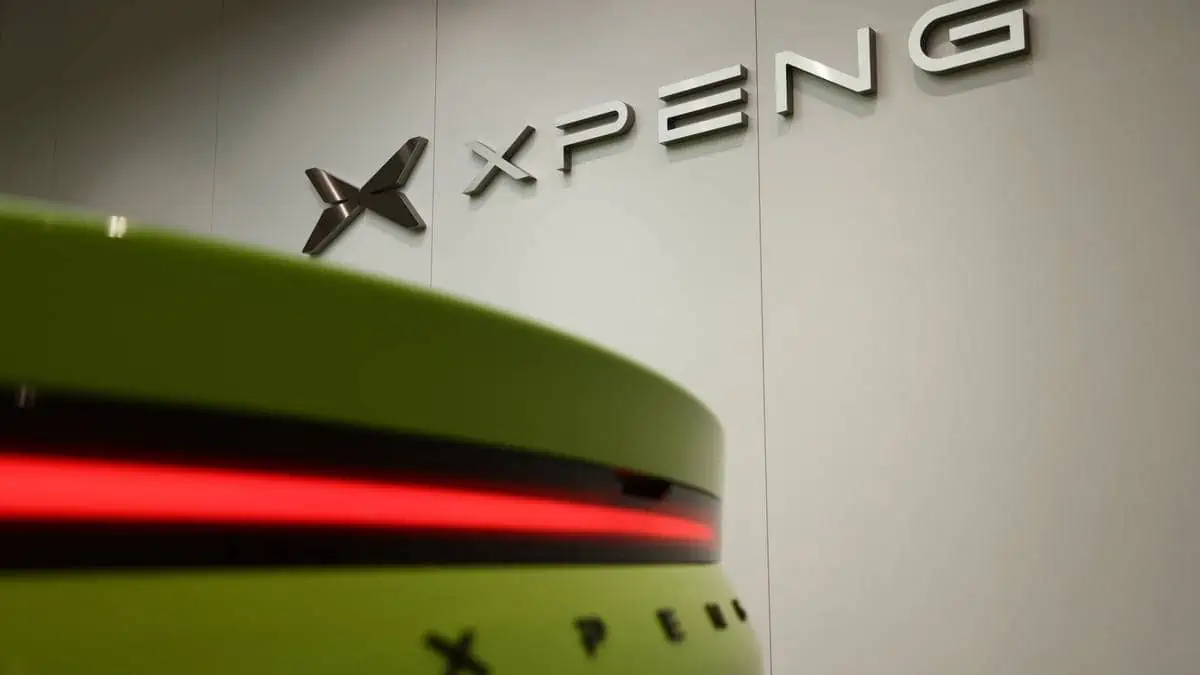Lightyear, a Dutch solar-powered electric vehicle maker, announced in early September it had raised another €81 million in investment as it prepares to start production of Lightyear 0, its first vehicle, according to Autocar.
By using energy from the sun, there’s a reduced need for drivers to plan journeys around charging points. It is a car that can ‘recharge’ when parked or on the road. And this, in turn, reduces range anxiety, increasing the distances that can be traveled on a single charge.
“We can deliver a car that needs 80 percent less charging and has twice the range on the same battery pack compared to a standard EV.” said Lightyear VP, business development Tom Selten.
The tech’s effectiveness will be demonstrated when the first Lightyear 0 models are delivered to consumers later this 2022.
So far, from what the company has presented, the car is an interesting prospect. It has a teardrop design delivering what is claimed to be less than 0.19 drag co-efficient and heavy use of carbon fiber and aluminium, offering a relatively light weight of 1,575 kg for a vehicle exceeding five meters in length.
Running off four electric motors on its wheels takes ten seconds to go from 0-62 mph. Notably, the focus is on efficiency. Thanks to the 60 kWh battery pack and the headline attraction, those all-important patented double-curved solar arrays occupy five square meters over the bonnet and roof.
According to Lightyear, this facilitates a 1,000 km (620 miles) potential range between plug-ins and up to 70 km (43 miles) of the additional daily range. These are based on ownership in southern Spain. However, an extra 30 km (18 miles) a day would be achievable if you live in Glasgow rather than Granada.
Lightyear 0 & Lightyear 2
With €250,000 (£216,983) starting price, the Lightyear 0, which is available via the company’s website and with orders from Britain accepted, will be limited, with only 946 being produced.
The firm hopes 2025 will be a game changer.
“After demonstrating the technology with Lightyear 0, we will begin production of Lightyear 2, our more accessible mass-market model, which, in addition to our current markets [the EU, Switzerland and Norway], will be sold in the UK with an adjusted steering wheel, the US, and eventually Asia.” explained Selten.
“Our ambition is to ramp the volumes upwards of 100,000 a year. Lightyear 2 will be built with families in mind, and with an accessible price point, starting at €30,000 (£25,940), and cost of ownership to rival a mid-sized fossil fuel-based car. It will truly bring clean mobility to the masses.”
“Like all companies reliant on external supply chains, Lightyear is not impervious to fluctuations in inflation and rising costs of raw materials. However, we have been able to account for these expected hurdles in our procurement process. We are still set to go into production this fall.”
Partnerships with other brands
Partnerships enhance the confidence with names such as Bridgestone, Koenigsegg, and Valmet Automotive, which will manufacture the Lightyear model at the same base that has seen Porsches, Mercedes, and Saabs roll off the production line in the last 50 years in Uusikaupunki, Finland.
Selten hopes their involvement will add credibility and encourage growth, “With international companies such as these partnering with us on bringing our technology to customers, there is a high chance that we will receive more interest from international investors.”
At present, much of Lightyear’s investment has come from its native Netherlands.
The company will not provide expertise & tech to others
However, at this age, the company won’t commit to supplying its expertise and proprietary tech to other manufacturers if solar power takes off in the way it expects to.
“Currently we have no plans,” emphasized Selten.
Only time would show if solar-powered electric hybrids would play a starring role or a part in the EV revolution.
“What we currently see is that in many places in the world, there is no dedicated charging infrastructure for electric cars in order to make electric mobility for everyone a reality.” concluded Selten.
“Additionally, battery costs for electric cars are still very high, with often one third or half of the purchase cost of a car consisting of the car’s battery. We believe that by focusing on efficiency and making the battery pack smaller, we can keep the cost of mass-produced cars low and serve markets with less developed charging infrastructures.”
“With the current developments in solar mobility, we are positive that solar-powered electric vehicles will become the norm in the future.”






